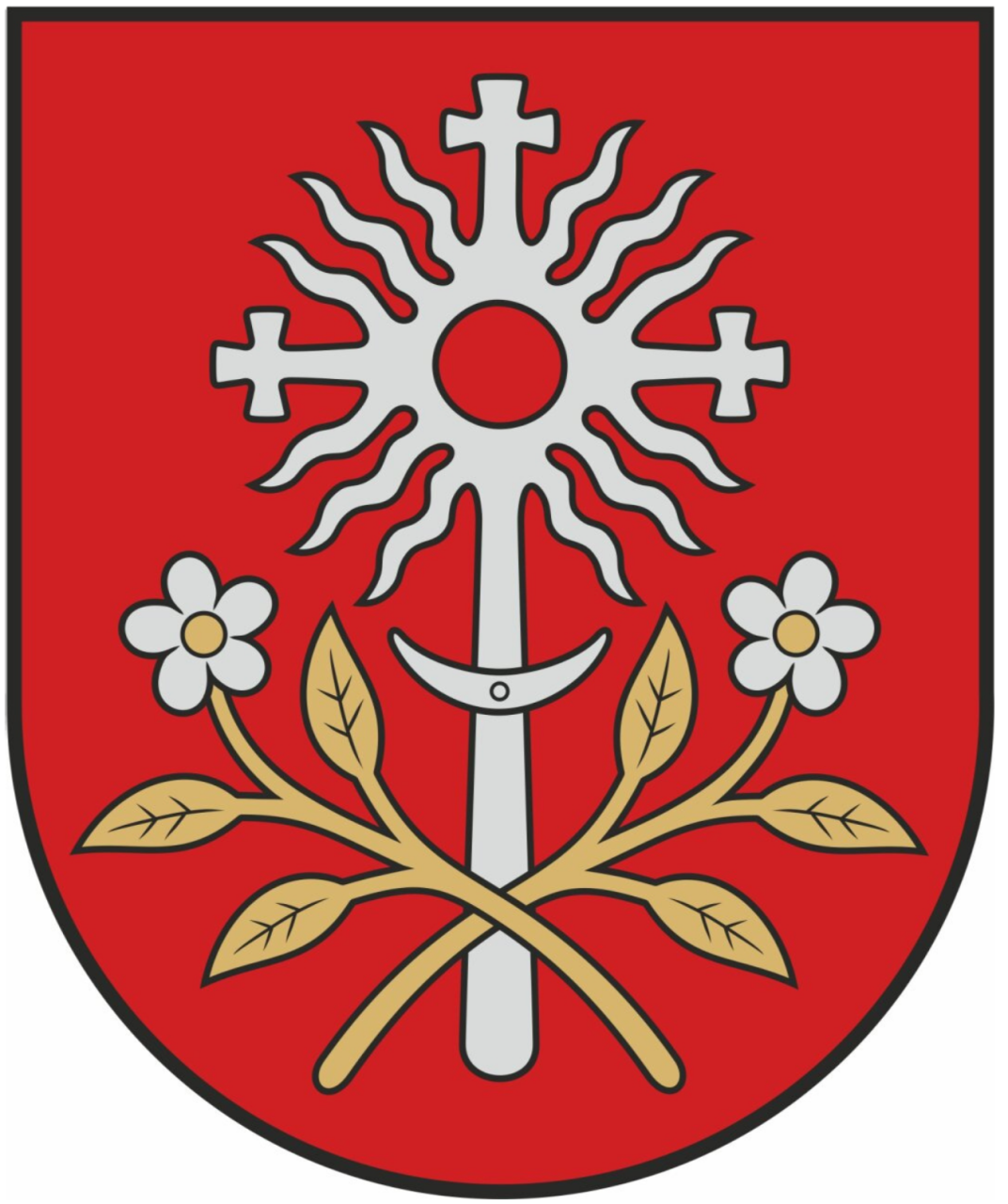
 The eldership of Kalveliai is proud of its rich history, traditions and beautiful nature. The history of the village of Kalveliai dates back to the end of the 19th century, while Šumskas, three kilometres away, is mentioned in written sources in 1618, when the landowner Kazimieras Šumskis acquired Šumskas and named the estate after himself. In 1696, the owners of Šumskas Manor (also known in historical sources as Laukininkai Manor) built a wooden church and a monastery in the village and housed the Dominican Order there.
The eldership of Kalveliai is proud of its rich history, traditions and beautiful nature. The history of the village of Kalveliai dates back to the end of the 19th century, while Šumskas, three kilometres away, is mentioned in written sources in 1618, when the landowner Kazimieras Šumskis acquired Šumskas and named the estate after himself. In 1696, the owners of Šumskas Manor (also known in historical sources as Laukininkai Manor) built a wooden church and a monastery in the village and housed the Dominican Order there.
There are three large settlements in the territory of Kalveliai eldership: Šumskas town, Kalveliai village, Kena village, each of which has a church.
The coat of arms of Kalveliai reflects blacksmithing motifs. "The name “Kalveliai” derives from the word “kalvis” (Polish: kowal). According to historical sources, there used to be blacksmiths who forged metal crosses for churches, chapels and cemeteries. Until 1967 the official name of the village was Kovalčiukai (since 1967 – Kalveliai).
The main element of the coat of arms is a metal cross, which connects the three churches in the Kalveliai municipality, the upper part of the roof of which shows a similar metal cross with rays. The three crosses in the coat of arms symbolise the three churches: the Church of St. Michael the Archangel in Šumskas, the Church of Divine Mercy in Kalveliai and the Church of the Our Lady of the Gate of Dawn Church Kena. The three crosses in the coat of arms also symbolise the sculpture of the three crosses, which was erected in Šumskas in 1996, on the 300th anniversary of the Church of St Michael the Archangel.
The flowers depicted in the coat of arms symbolise the agricultural activities carried out in the territory of the municipality. The flowers also represent the Feast of the Assumption, which is widely celebrated in the territory of the municipality. Flowers are a symbol of life, fertility, rebirth, beauty, love, success, respect and joy. The five-leaved flower is a symbol of harmony. The symbolism of flowers is also an element of the traditional palm (verba) of Vilnius District Municipality.
The numbers three and five are hidden in the coat of arms. The number three (crosses, rays, leaves, flower and cross stems) is the number of perfections. The five (a flower with five petals) symbolises creativity, health and love.
The colours of the heraldic figures in the field of the coat of arms are red, gold and silver. Red represents courage, bravery and love. Gold symbolises intelligence and nobility. Silver in heraldry stands for honesty, wealth, chastity and water.
The coat of arms was designed by artist Rolandas Rimkūnas.
Approved by Presidential Decree No 1K-1153 of 28 October 2022